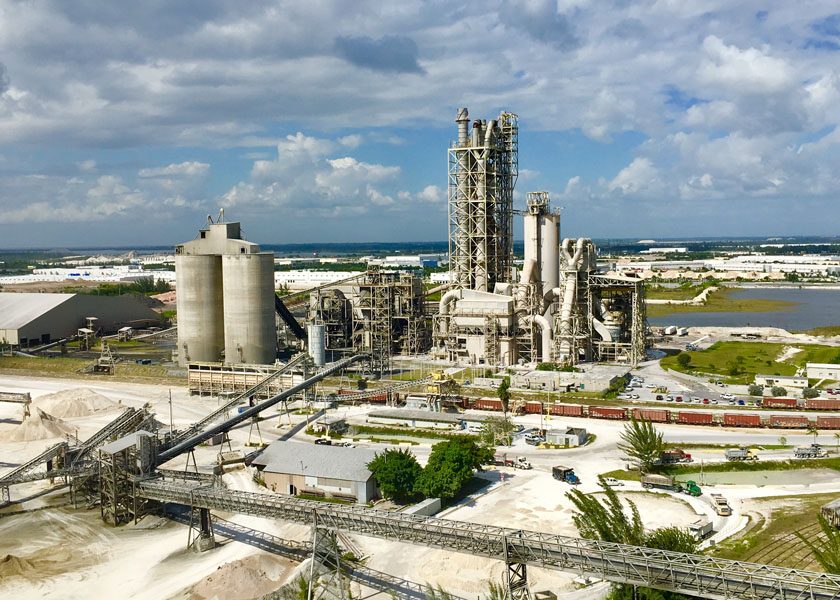A Massachusetts Institute of Technology report, “Where the Rubber Meets the Road: Estimating the Impact of Deflection-Induced Pavement-Vehicle Interaction on Fuel Consumption,” cites the potential for $15 billion in annual fuel costs – plus attendant lower greenhouse gas emissions – tied to rigid pavement specifications.
MIT researchers credit the potential fuel efficiency to deflection, a property they observed during vehicle and road interplay. Known as pavement-vehicle interaction, it is seen in deflection and two other forms: roughness and texture. Deflection refers to the small dent in the pavement a moving car creates. Equivalent to a foot on sand, the dent fosters a slight but constant uphill climb, consuming more fuel. Concrete pavements, inherently stiffer than asphalt, can reduce deflection.
By identifying means of reducing pavements’ environmental footprint, MIT researchers hope to achieve a more sustainable national infrastructure. “The goal is to better understand the environmental impact of the roads we drive on every day,” said Department of Civil and Environmental Engineering Professor Franz-Josef Ulm. “How does the interaction between the road and vehicle affect fuel consumption? The answer could lead to a new strategy for significantly improving fuel efficiency and reducing transportation emissions.”
In a previous study, MIT researchers found that using stiffer pavements decreases deflection and reduces fuel consumption by as much as 3 percent – a savings that could add up to 273 million barrels of crude oil per year, or $15.6 billion. Reducing fuel consumption is an important aspect of climate change mitigation, according to their report. The U.S. transportation sector alone burns more than 174 billion gal. of fuel annually, making up 27 percent of total greenhouse gas emissions, as well as contributing to human health concerns like smog.
A copy of “Where the Rubber Meets the Road” can be obtained here.



